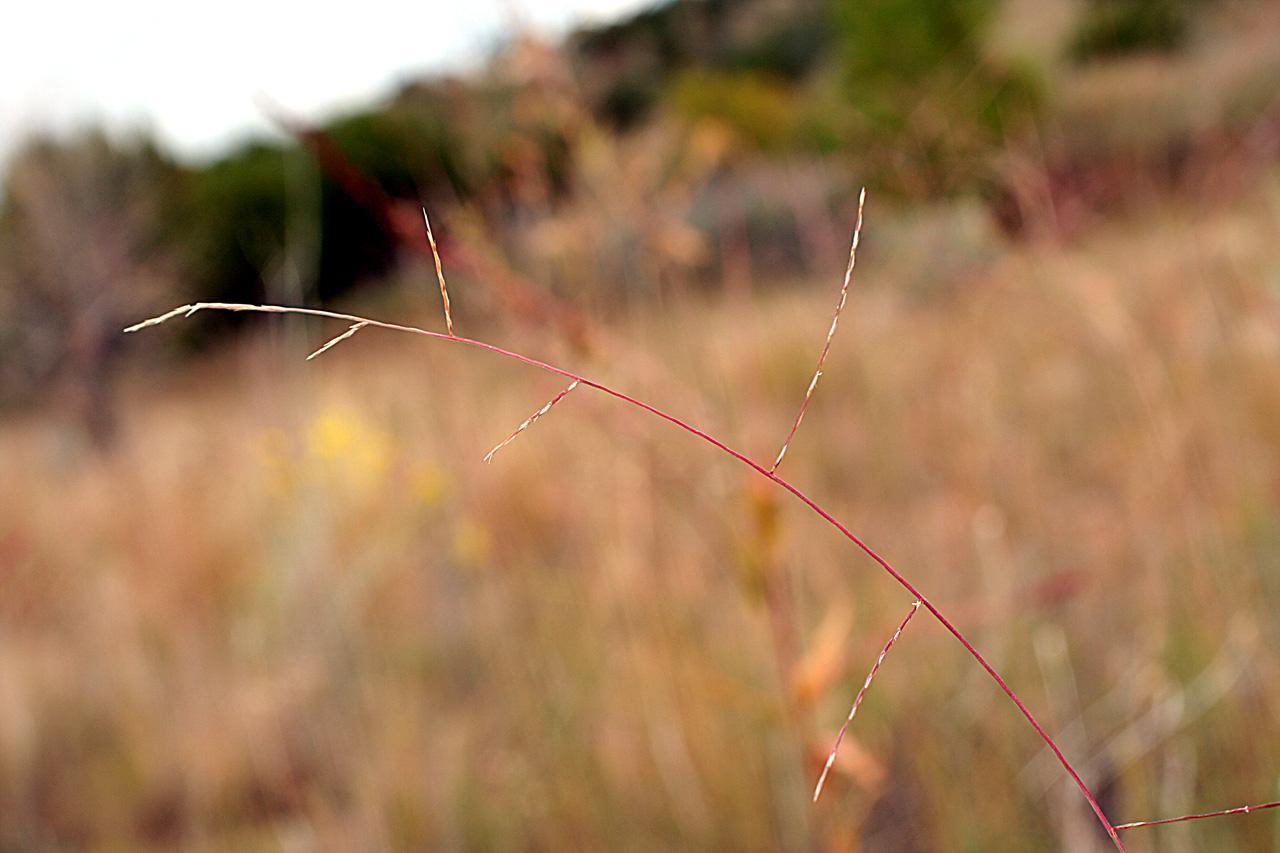Cynodonteae
|
Family: Poaceae |
Plants annual or perennial. Culms 1-500 cm, not woody, usually not branched above the base. Sheaths usually open, often with coarse hairs at the top; auricles rarely present; ligules of hairs or membranous, if membranous, often ciliate, cilia sometimes longer than the membranous base; blades often with stiff, coarse marginal hairs adjacent to the ligules, glabrous or variously pubescent elsewhere. Inflorescences terminal, sometimes also axillary, simple panicles, panicles of 1-many spikelike branches, spikelike racemes, spikes, or, in 1 genus, a solitary spikelet, in dioecious taxa the staminate and pistillate inflorescences sometimes morphologically distinct; disarticulation usually beneath the fertile florets or the glumes but, particularly if the panicle branches are short, sometimes at the base of the branches. Spikelets usually laterally compressed, with 1-60 florets, sterile or reduced florets, if present, usually distal to the bisexual florets. Glumes from shorter than the adjacent florets to exceeding the distal florets; lemmas 1-3-veined or 7-13-veined, rarely 5-veined, if with 7-13 veins, the veins often in 3 groups; lodicules 2, or absent. x = 7, 8, 9, 10, 12. |

